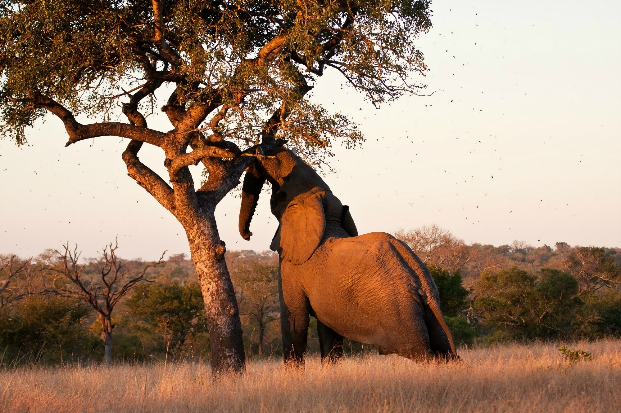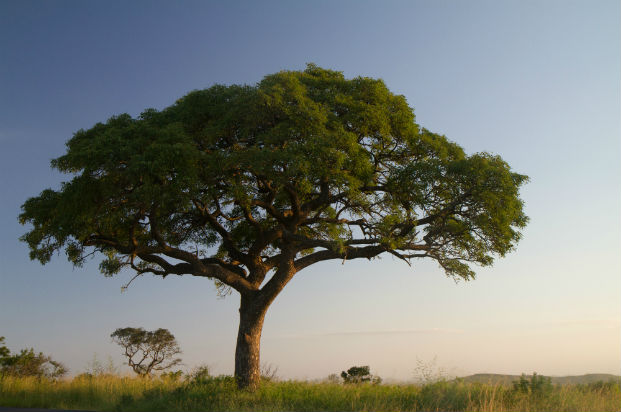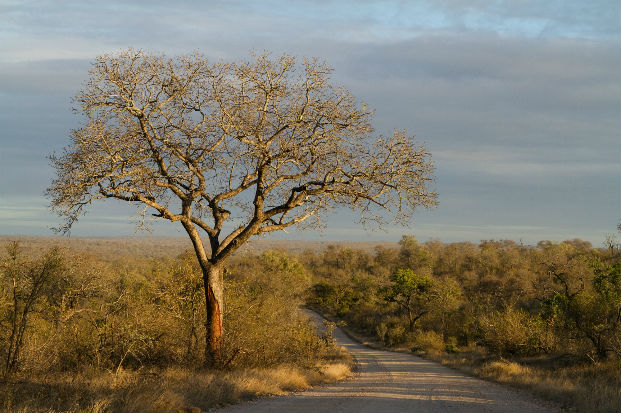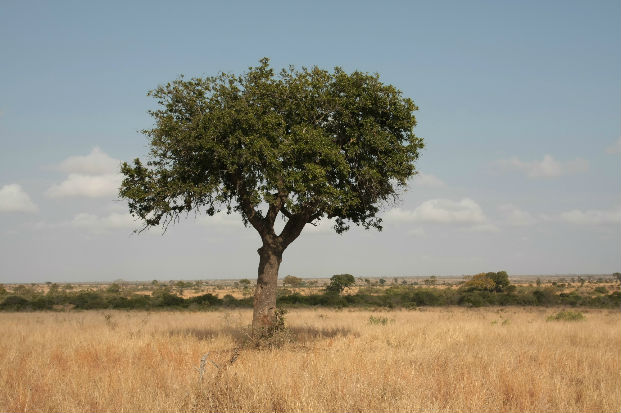The marula tree is famed for its delicious fruit which is sought after by humans, elephants, baboons, monkeys and antelopes to name just a few. This medium to large tree stands tall with a straight trunk and a rounded spreading crown. It occurs in various types of woodland on well drained sandy soils.
Vote for the fact you find most fascinating
The delicious fruit of the marula is made into jelly, brewed as a beer, eaten raw and of course used commercially for the production of the “Amarula” liquer.
It is possible to determine the sex of a marula tree by the ground below it. Because only a female tree bares fruit it will have very few, if any, shrubs growing underneath it due to all the traffic of animals that visit for its fallen fruit.
The pips of the marula tree contain high levels of oil which is extracted by pressing. The oil is used as a meat preserve and for use as a moisturiser in women’s cosmetics.
Marula trees were chopped down in their thousands during World War II so that the wood could be used for the manufacture of many items, particularly toilet seats.
Because the pips of the marula fruit are incredibly hard they give rise to the first part of the tree’s scientific name, sclerocarya, which translates as “hard nut”.
The golf-ball sized fruit contains 3 to 4 times as much vitamin C as an orange, it is therefore very important to the local communities for the prevention of scurvy.
Farming communities have been known to plant marula trees to attract pollinators to their land.
The inner rich gum of the marula tree is mixed with soot to make an ink.







